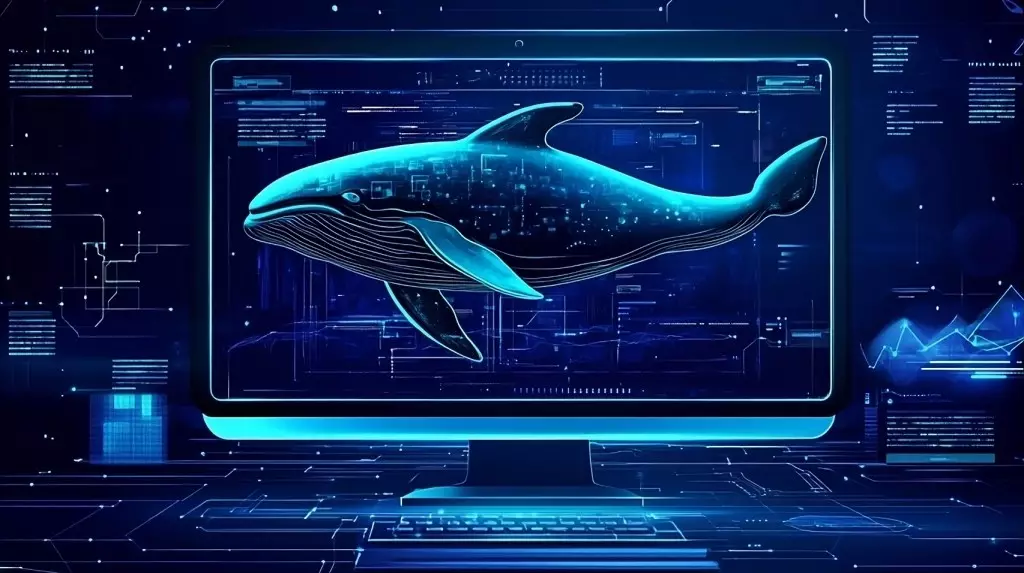The landscape of artificial intelligence is currently at a watershed moment, marked by the recent advancements exemplified by DeepSeek’s groundbreaking research. Unlike prior methodologies that leaned heavily on computational horsepower, this innovative approach showcases how AI can thrive without the latest and most expensive technology. This paradigm shift is a powerful reminder that the future of AI is not merely about scaling up computational capabilities but also about creatively evolving these systems to foster better collaboration with humans and their environments. The echoes of this insightful transformation were evident during the NeurIPS conference in December, where key researchers indicated a collective move towards reimagining AI’s role in our lives.
As a computer scientist with a background in AI, witnessing the dual-edged nature of this technology is a fundamental part of my experience. The emergence of systems that function more intelligently rather than relying solely on brute computational strength is reminiscent of historical shifts in technology that have redefined entire industries. The current narrative unfolding in AI, marked by a reasoning renaissance, posits a burgeoning era where AI manifests not just as a tool for efficiency, but as a partner in human problem solving.
DeepSeek’s innovations, along with similar developments from organizations like OpenAI, signal a critical inflection in how we perceive AI’s capabilities. This newfound efficiency implies that the previous notion of endless scaling may soon become obsolete. Notably, the advancements made by DeepSeek demonstrate comparable performance to high-powered models like OpenAI’s offering, but at significantly lower costs. This efficiency beckons a reassessment of how we utilize AI, perhaps motivating a shift from the relentless drive for bigger models to a focus on more refined and specialized architectures.
In juxtaposition with DeepSeek’s methodologies, initiatives such as World Labs, which recently garnered impressive investments to create AI systems mimicking human cognitive traits, are indicative of a broader urge to align AI development with human intelligence. The increasing ability of these systems to exhibit “Aha!” moments—instances of insight similar to human cognition—heralds significant potential across diverse sectors, from environmental policy to personal AI assistance.
This fundamental transformation in AI highlights the challenges tied to over-reliance on traditional scaling methods. While the advancement of technologies is admirable, it exposes us to the complexities surrounding the phenomenon known as Jevons Paradox—where improvements in efficiency lead to an overall increase in resource consumption. In this new chapter of AI, there is a risk that lower training costs could encourage a proliferation of models across the spectrum, leading to heightened energy demands and environmental costs.
However, the narrative surrounding DeepSeek offers a counterpoint to this concern. By optimizing AI operations to achieve significant performance milestones without reliance on cutting-edge hardware, we may sidestep the potential resource pitfalls associated with conventional strategies. This innovative spirit prompts a transition from questions focused on raw computational power to inquiries centered on intelligent design.
The environmental ramifications of AI cannot be ignored. Even as the efficiency of AI architectures improves, the massive inherent energy consumption associated with models remains a pressing issue for the industry. Pioneering systems like DeepSeek’s models, distinguished for their collaboration with human cognitive strategies, serve as a blueprint for crafting solutions that prioritize both performance and environmental sustainability.
Profound insights from experts urge the community to embrace this shift responsibly. The perspective offered by industry leaders, like Meta’s chief AI scientist Yann LeCun, suggests a future where AI systems engage deeply with complex problems, mimicking human thought processes. The ability of these models to pause and re-evaluate, as seen in DeepSeek’s offerings, could revolutionize areas such as healthcare or climate science, driving significant, sustainable progress.
For business leaders navigating this new terrain, the transition demands an emphasis on efficient architectural frameworks. By leaning into specialized AI systems instead of pursuing monolithic solutions, organizations can ensure that they are not only optimizing performance but also enhancing the sustainability of their operations. This strategic pivot lays the groundwork for a collaborative future where AI acts as a cog in a vast machine dedicated to solving humanity’s most intractable challenges.
What is abundantly clear is that we are transitioning away from the paradigm where “bigger is better” reigns supreme. Startups and enterprises have a golden opportunity to innovate boldly, re-envisioning the application of AI in ways that are beneficial for individuals and the broader ecological landscape. By fostering a spirit of creativity and flexibility, we can reclaim the excitement of working with AI and channel that enthusiasm into developing solutions that are genuinely transformative for society at large.

